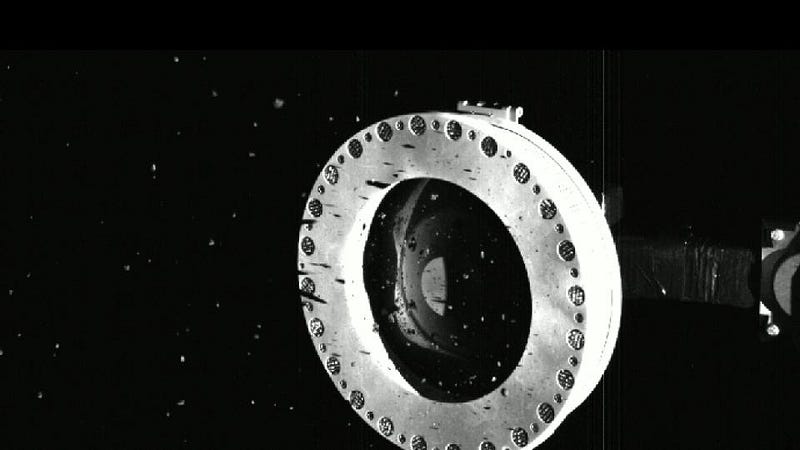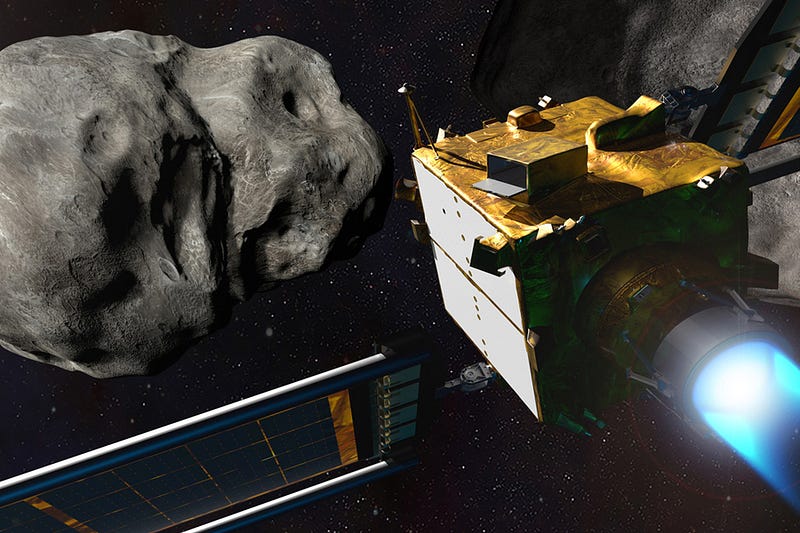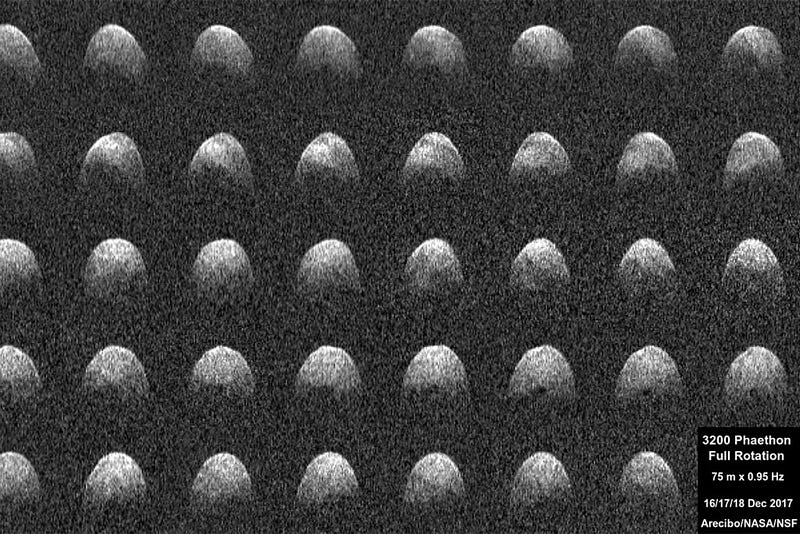Asteroid Science: Navigating the Challenges of Planetary Defense
Written on
Chapter 1: The Journey of Asteroid Research
Asteroid research often demands patience, as the vastness of space science can lead to lengthy timelines. The distances involved are immense, with measurements often spanning millions or even billions of miles. Although the asteroid belt is relatively close in astronomical terms, scientists have had to endure significant waiting periods. This includes the design, approval, launch, and arrival of missions, along with the occasional collection of samples.
In this discussion, we delve into three important stories from the realm of asteroid science, showcasing the necessity for innovative methods, new spacecraft, and a great deal of patience.

NASA recently confirmed that the OSIRIS-REx spacecraft is set to return its sample from the asteroid Bennu on September 23, 2023. However, this delivery is contingent on the capsule approaching Earth at a precise angle and velocity. Deputy project manager Mike Moreau explains the critical nature of the entry path: If the angle is too steep, the capsule could skip off the atmosphere; too shallow, and it risks burning up upon reentry.
The spacecraft has successfully executed a trajectory correction and will continue to adjust its course in the coming year to ensure a safe return.

One significant insight gained from missions to Ryugu and Bennu is that rubble pile asteroids tend to be less dense than their more solid counterparts. Following the success of the DART mission, which demonstrated that it's possible to alter an asteroid's trajectory, future planetary defense strategies will need to consider the density of any asteroid targeted for deflection. The extent of damage inflicted on Dimorphos by the DART impact won't be fully understood until the Hera mission arrives in 2026. Meanwhile, researchers are already enhancing their analytical tools.
At MIT, a team has pioneered a method to visualize the internal structure of asteroids, allowing them to assess the density distribution of materials within these celestial bodies. They developed increasingly sophisticated code for their simulations and analyzed how the rotation of virtual asteroids was affected during close encounters with various masses. Co-author Julien de Wit likens this process to spinning a raw versus a boiled egg: the different internal structures result in distinct responses to rotation. This principle can also be applied to asteroids, revealing insights into their internal dynamics during close flybys.

Finally, all these advancements converge in planetary defense as researchers have recorded a change in the rotation of the potentially hazardous asteroid 3200 Phaethon. These observations will support the upcoming JAXA DESTINY+ mission, which is set to fly by Phaethon and gather data about this near-Earth object. The asteroid's rotational period has been observed to increase by approximately four milliseconds each year, a metric that will help predict its orientation when DESTINY+ arrives in 2028 after a planned launch in 2024.
As we've seen, the pursuit of scientific knowledge can indeed be a lengthy endeavor.
This video discusses the close encounter of the potentially hazardous asteroid (415029) 2011 UL21, showcasing online observations from June 27, 2024.
WARNING! A detailed exploration of the discovery of the largest potentially hazardous asteroid, highlighting its implications for planetary defense.
More Information
- NASA press release
- MIT press release
- "Constraining the interiors of asteroids through close encounters," Jack T Dinsmore and Julien de Wit, October 19, 2022, Monthly Notices of the Royal Astronomical Society
- UCF press release
This article was produced for the Daily Space podcast/YouTube series. For further updates from Dr. Pamela Gay and Erik Madaus, visit DailySpace.org.